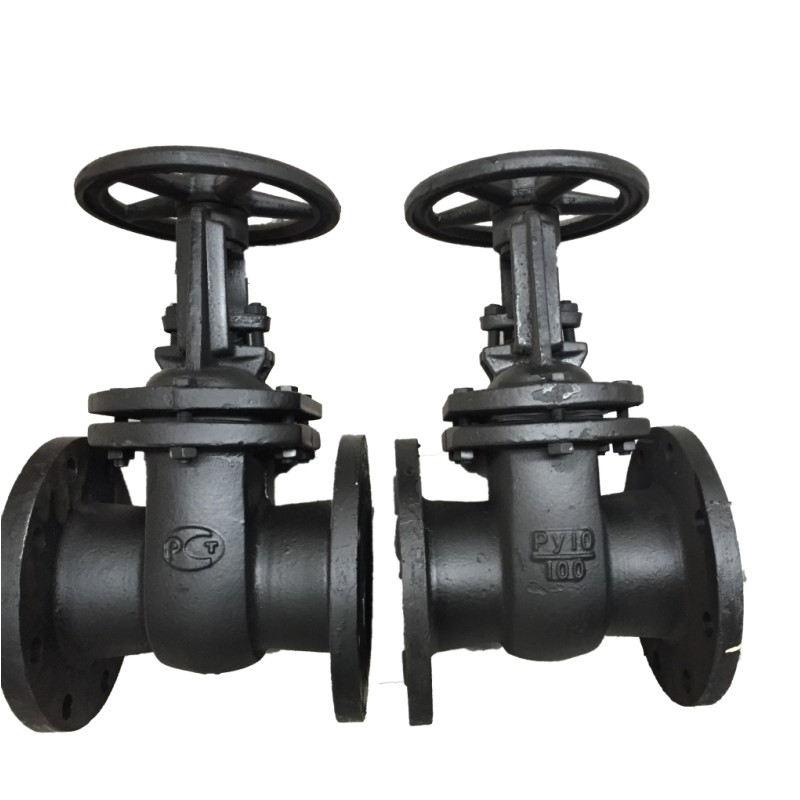Exploring the Versatility and Applications of Round Flanges in Modern Engineering Solutions
Understanding Round Flanges A Comprehensive Overview
In the realm of mechanical engineering and piping systems, round flanges play a pivotal role in ensuring tight seals and reliable connections. Flanges are mechanical components that serve as connectors between different sections of piping and are essential in various applications such as plumbing, oil and gas, chemical processing, and other industrial systems. This article delves into the characteristics, applications, and benefits of round flanges, providing insight into their importance in modern engineering.
What Are Round Flanges?
Round flanges are circular plates that typically feature a flat surface and a series of bolt holes around the perimeter. They come in various sizes and materials, allowing engineers to select the appropriate flange type based on the specific requirements of a project. The fundamental design of a round flange consists of two main parts the flange itself and the gasket that sits between it and the adjoining pipe or equipment. This configuration creates a robust seal, preventing leakage of fluids or gases under pressure.
Types of Round Flanges
There are several types of round flanges, each suited for different applications and industry standards
1. Slip-on Flanges These are designed to slip over the pipe, making alignment easy. They are typically welded both inside and outside for enhanced strength.
2. Weld Neck Flanges Featuring a long tapered hub, these flanges are designed for welding to pipes. They provide excellent stress distribution and are commonly used in high-pressure applications.
3. Blind Flanges Used to close the end of a piping system, blind flanges do not have a central hole. They are especially useful for maintenance purposes, allowing for a pressure hold without compromising the system.
4. Threaded Flanges These flanges have internal threads to connect to the pipe without welding. This feature makes them an excellent choice for systems that cannot tolerate welding due to heat sensitivity.
5. Socket Weld Flanges Similar to slip-on flanges, these are designed to fit in the pipe. They offer a strong joint that can withstand high pressure.
round flanges

Applications of Round Flanges
Round flanges are widely utilized across various sectors
- Oil and Gas Industry In pipelines transporting oil and gas, round flanges are crucial for safe and efficient operations. - Chemical Processing Given the need for tight seals to prevent leaks, round flanges are used in reactors, separators, and storage tanks. - Water Treatment Flanges facilitate connect, disconnect, and maintain components within water treatment and distribution systems. - HVAC Systems Round flanges are found in heating, ventilation, and air conditioning systems to connect ducts and equipment.
Benefits of Using Round Flanges
1. Ease of Installation and Maintenance Round flanges simplify the process of connecting pipes and can be easily disassembled for maintenance, making them a popular choice in many applications.
2. Versatility Available in various sizes and materials such as stainless steel, carbon steel, and plastic, round flanges can accommodate a wide array of environments and requirements.
3. Reliable Sealing The incorporation of gaskets ensures a tight seal, preventing leaks and maintaining system pressure.
4. Cost-Effectiveness When compared to more complex connection systems, round flanges provide a straightforward, reliable, and often more economical solution.
Conclusion
Round flanges are indispensable components in the world of piping and mechanical systems. Their versatility, ease of maintenance, and reliable sealing capabilities make them a preferred choice in various industries. As technology continues to evolve, the design and material choices for round flanges will likely advance, enhancing their performance and expanding their applications. Understanding the nuances of round flanges is crucial for engineers and technicians who strive to maintain efficiency and safety in their projects.
-
Breakthrough in Domestic Low Temperature Valve Technology in ChinaNewsAug.18,2025
-
From Machinery to Intelligent Brain: The Digital Transformation Wave of the Valve IndustryNewsAug.18,2025
-
PCVEXPO 2025NewsAug.18,2025
-
The Key to Fluid Control: Exploring the Advantages of Ball Valves in Industrial SystemsNewsJul.09,2025
-
The Versatile World of 1, 2, and 3 Piece Ball ValvesNewsJul.09,2025
-
Stainless Steel Ball Valves: The Ideal Choice for Efficient Flow ControlNewsJul.09,2025
-
Optimizing Fluid Control with Ball Float ValvesNewsJul.09,2025




